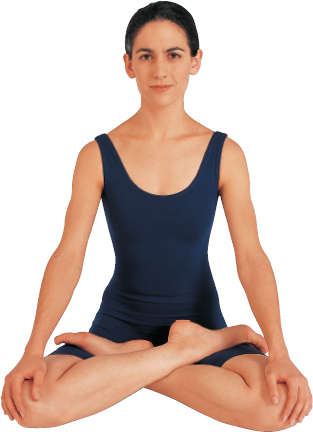There is no trap like illusion, no greater strength than yoga, no greater friend than knowledge, no greater enemy than pride.
Gheranda Samhita
CONTENTS
HOW TO USE THIS BOOK
This book describes in simple terms the basics of Hatha yoga (see to start practising yoga for the first time. If you are already attending a yoga class, this book will provide you with background knowledge, and guidance on how to do the postures at home (self-practice).
There are eight chapters: the first gives general background information on the history and theory of yoga and why it remains as relevant to our lives today as it was to the ancient sages. Yoga can be applied to all aspects of our lives including what we eat. This, as well as drinking and fasting, is explored in is a guide to the yoga postures that you can practise with a friend or partner.
Please read each chapter from beginning to end before attempting any of the fasts, postures, sequences, or meditation and breathing exercises. This will give you all the background and safety information you need. When you are trying out postures for the first time it may be helpful to have a partner read the instructions aloud to you. At least look at both the instructions and photographs before starting the photographs alone will not always give you enough information to get safely into a pose and gain maximum benefit from it.
I have chosen photographs that show the postures as clearly as possible. All the models have been practising yoga for many years so dont despair if you dont look exactly like them! Concentrate on how a posture feels rather than what it looks like. Go to a teacher as often as you can to check your technique and gain inspiration.
Whether you are a complete beginner or are already attending classes, I hope this book will encourage, inspire and challenge you enjoy your practice.
SYMBOLS USED IN THIS BOOK
 An easier modification of a posture to be used if you are a beginner, if you are having difficulty in a pose or if you simply want a softer yoga practice.
An easier modification of a posture to be used if you are a beginner, if you are having difficulty in a pose or if you simply want a softer yoga practice.
 A more physically demanding way of doing a posture that is suitable if you are familiar with the posture or want to try a stronger practice.
A more physically demanding way of doing a posture that is suitable if you are familiar with the posture or want to try a stronger practice.
 Ideas, tips and comments that will help you in a posture.
Ideas, tips and comments that will help you in a posture.
 A caution about when to avoid a posture or what to do if it causes you pain or discomfort.
A caution about when to avoid a posture or what to do if it causes you pain or discomfort.
INTRODUCTION
I did my first ever yoga class as a small child, alongside my mother, in London in the 1970s. I can clearly remember the lovely sensation of practising deep backbends in that sunny room, and of finding new ways to move and stretch. Many years later, having suffered a nasty back injury, I returned to yoga as a way to heal myself where painkillers and conventional therapies had failed. This time, rather than deep backbends, I was doing very simple breathing exercises to relieve the pain. My teacher and I sat back-to-back and breathed together. I began to notice how tense I was, how my breathing was shallow and apologetic. I slowly regained sensation in my body it was like thawing out after years of being frozen. Through gentle, persistent practice my back felt better. And, in the process, I learned about my body and the connections between body, breath and mind.
When I began to teach yoga, a whole new world opened up to me. It was amazing to watch hundreds of different bodies try out the postures and breathing exercises. I came to appreciate that yoga is an individual path for everyone who undertakes it no two people are the same and no two yoga practices are alike.
I carried on learning from both my teachers and my students. My personal practice was strong and athletic. When I became pregnant I enjoyed and learned a great deal from specialized antenatal classes. Then, after the birth of my son, I began to study with a Viniyoga teacher whose soft and gentle approach was astonishingly effective. I went back to working with stillness, breath and focus, with less concern for the athletic postures that I was now (as a mother) simply too exhausted to do. Once again, I realized the importance of fitting yoga to my life, body and mental state.
Later still, the philosophy of yoga became my chief fascination and, finally, I felt ready to apply its principles to my life. The evolution of my spiritual responses has surprised me at times (having been a natural sceptic and not inclined toward the mystical areas of life). But here I am embarking on a fully fledged spiritual practice.
In writing this book I hope that I have imparted some of my enthusiasm, as well as helpful guidelines, for your practice. Yoga is a wonderful tool for everybody: young or old; healthy or sick; man, woman or child. Whether you begin with the aim of becoming spiritually enlightened or just stretching your legs is not important. The point is to begin and to see where the journey takes you.
THE ART OF UNION
Yoga, the union of our physical, mental and spiritual selves, is far more than a form of exercise it is a way of life. Although many of us gain our first introduction to yoga by going to classes which help to relax or tone our bodies, we soon find that yoga also encourages us to focus our minds and become more aware of the internal flow of energy.
The holistic doctrines of yoga are the result of thousands of years of experimentation and observation by great sages, enlightened gurus and ordinary people like you and me.
This chapter looks at the principles and philosophy of yoga as described in the key texts; the yogic view of the subtle anatomy; and the relevance of yoga in the contemporary West.
WHAT IS YOGA?
Yoga is a branch of Indian philosophy. The Sanskrit word yoga has many meanings among which is to yoke or unite, referring to the union of the individual self with the universal consciousness (or Absolute). But yoga also describes the union of the physical body with the mind and spirit as a method of transcending the limitations of the ego and reaching enlightenment.
Yoga has existed in some form for thousands of years. Its history, which can be traced back to the time of the Vedic culture around 2800BCE is closely entwined with the Hindu religion. Yoga, which is closely associated with Hinduism and other traditions including Buddhism, Jainism and Tantra, is best described as a spiritual rather than a religious practice. This means that anyone can practise yoga: it can be incorporated into a religious belief or it can be practised alone as a form of secular spirituality. Yoga provides humankind not only with a spiritual path but also with a method for right living; a set of moral, ethical and practical guidelines that help you to live a balanced and healthy life.


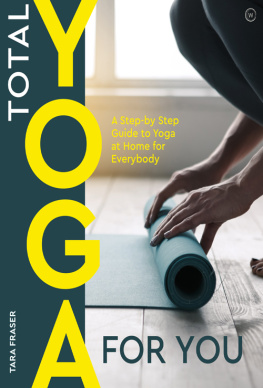
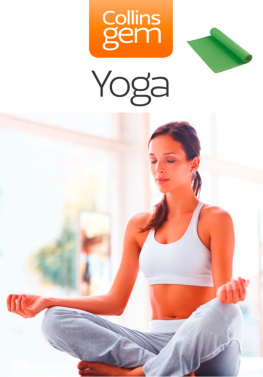
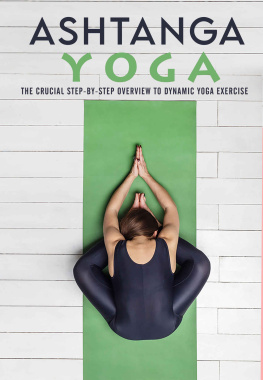

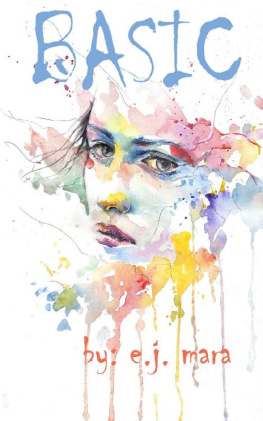
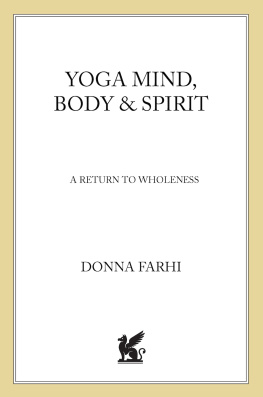
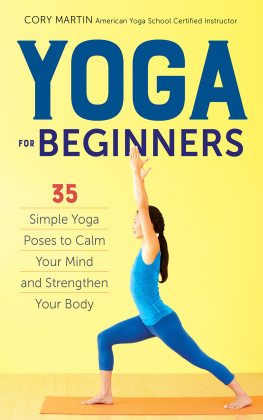
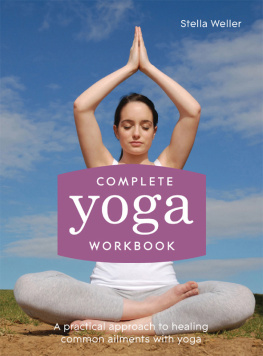
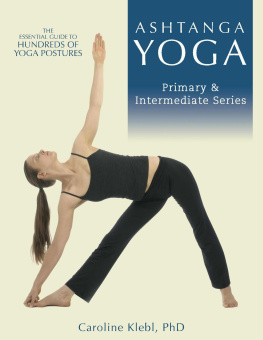

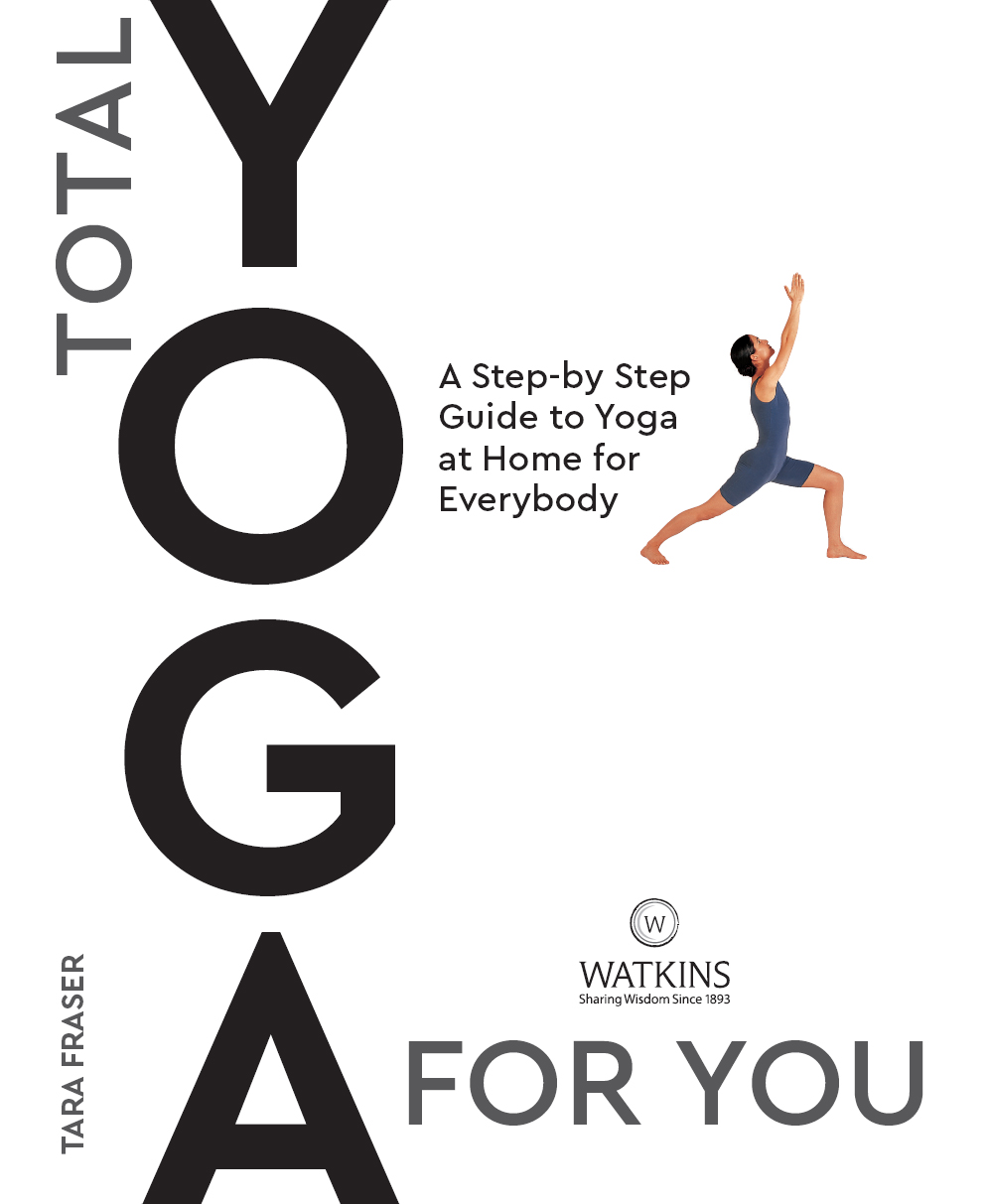

 An easier modification of a posture to be used if you are a beginner, if you are having difficulty in a pose or if you simply want a softer yoga practice.
An easier modification of a posture to be used if you are a beginner, if you are having difficulty in a pose or if you simply want a softer yoga practice. A more physically demanding way of doing a posture that is suitable if you are familiar with the posture or want to try a stronger practice.
A more physically demanding way of doing a posture that is suitable if you are familiar with the posture or want to try a stronger practice. Ideas, tips and comments that will help you in a posture.
Ideas, tips and comments that will help you in a posture. A caution about when to avoid a posture or what to do if it causes you pain or discomfort.
A caution about when to avoid a posture or what to do if it causes you pain or discomfort.